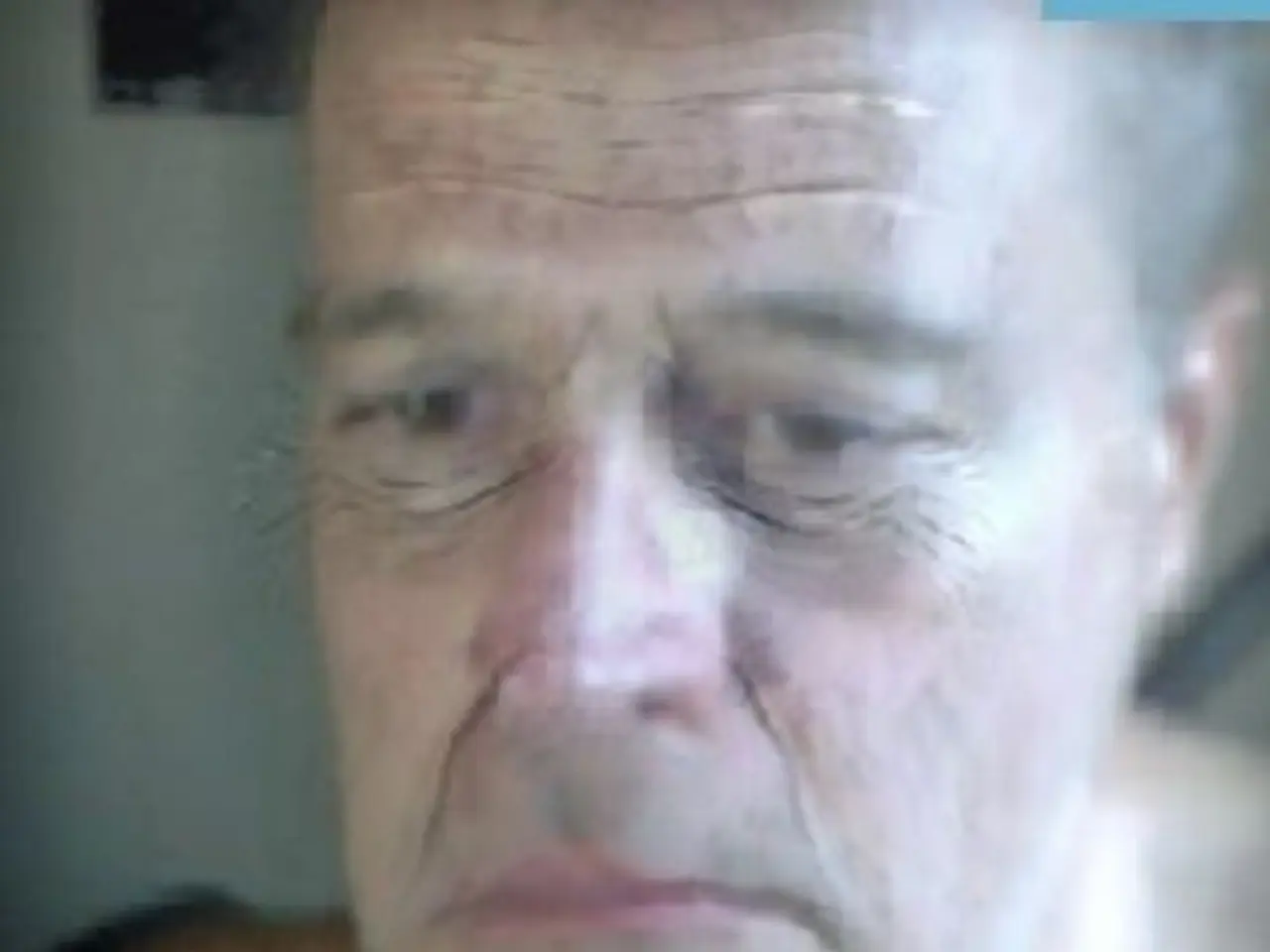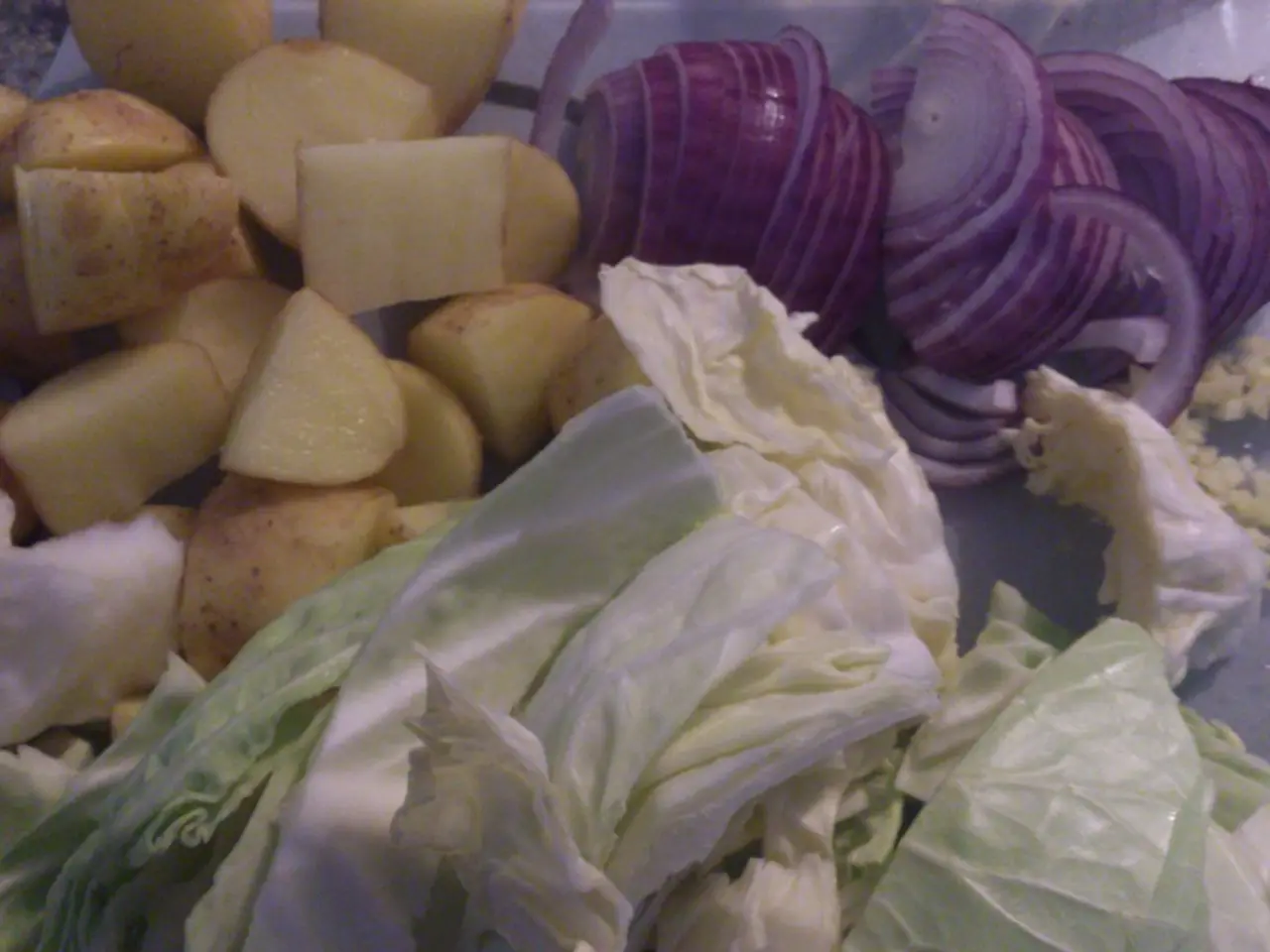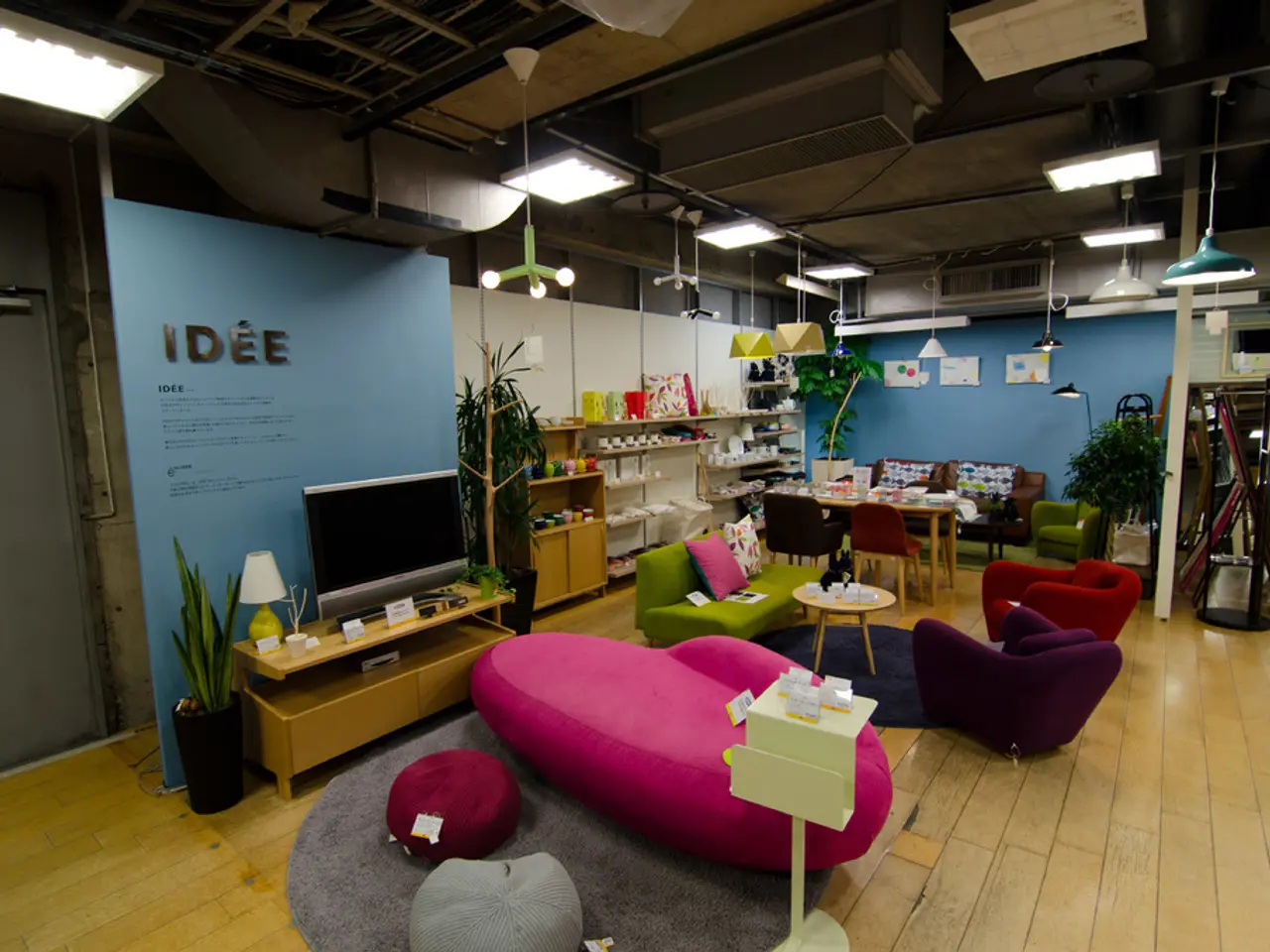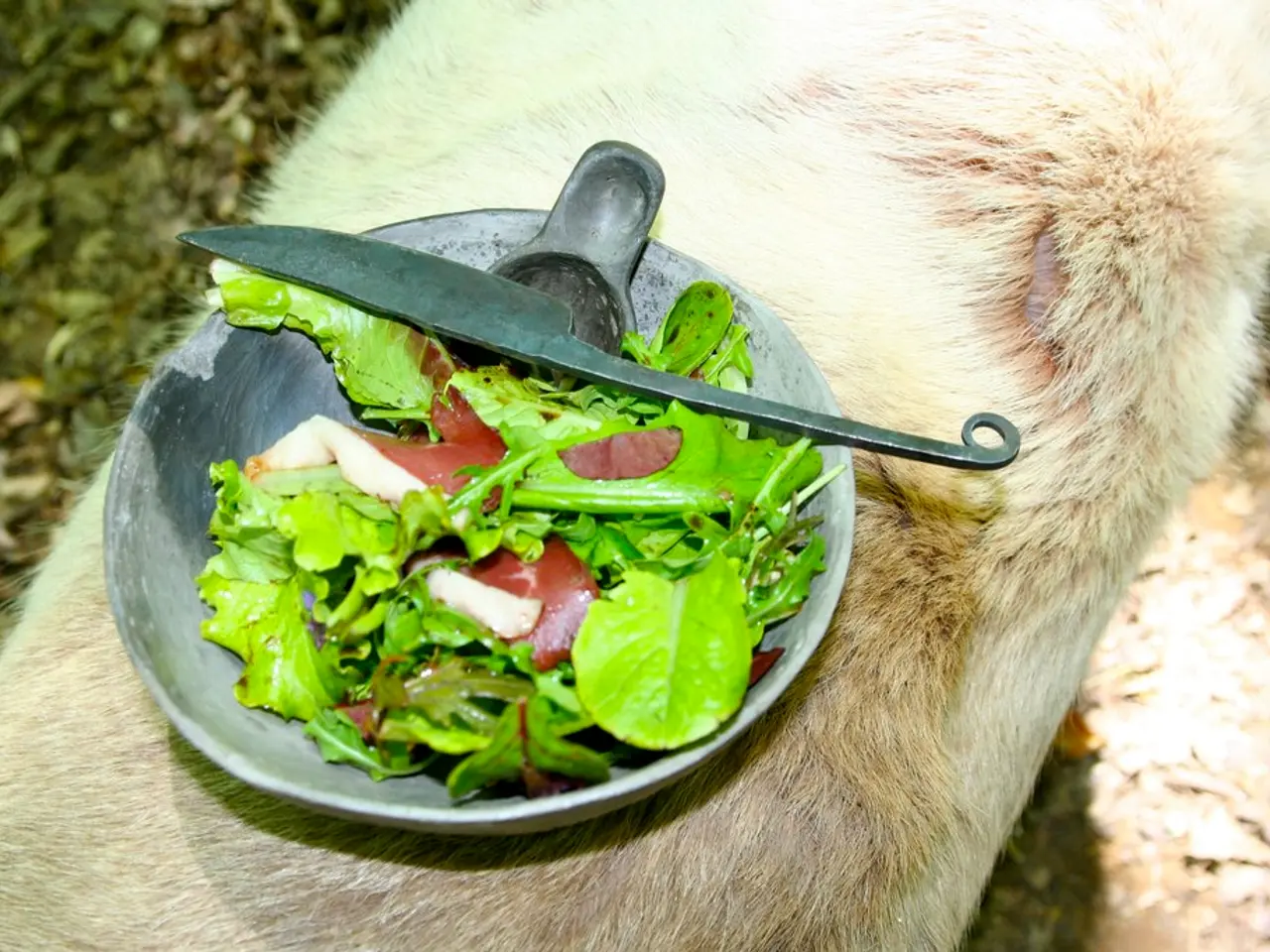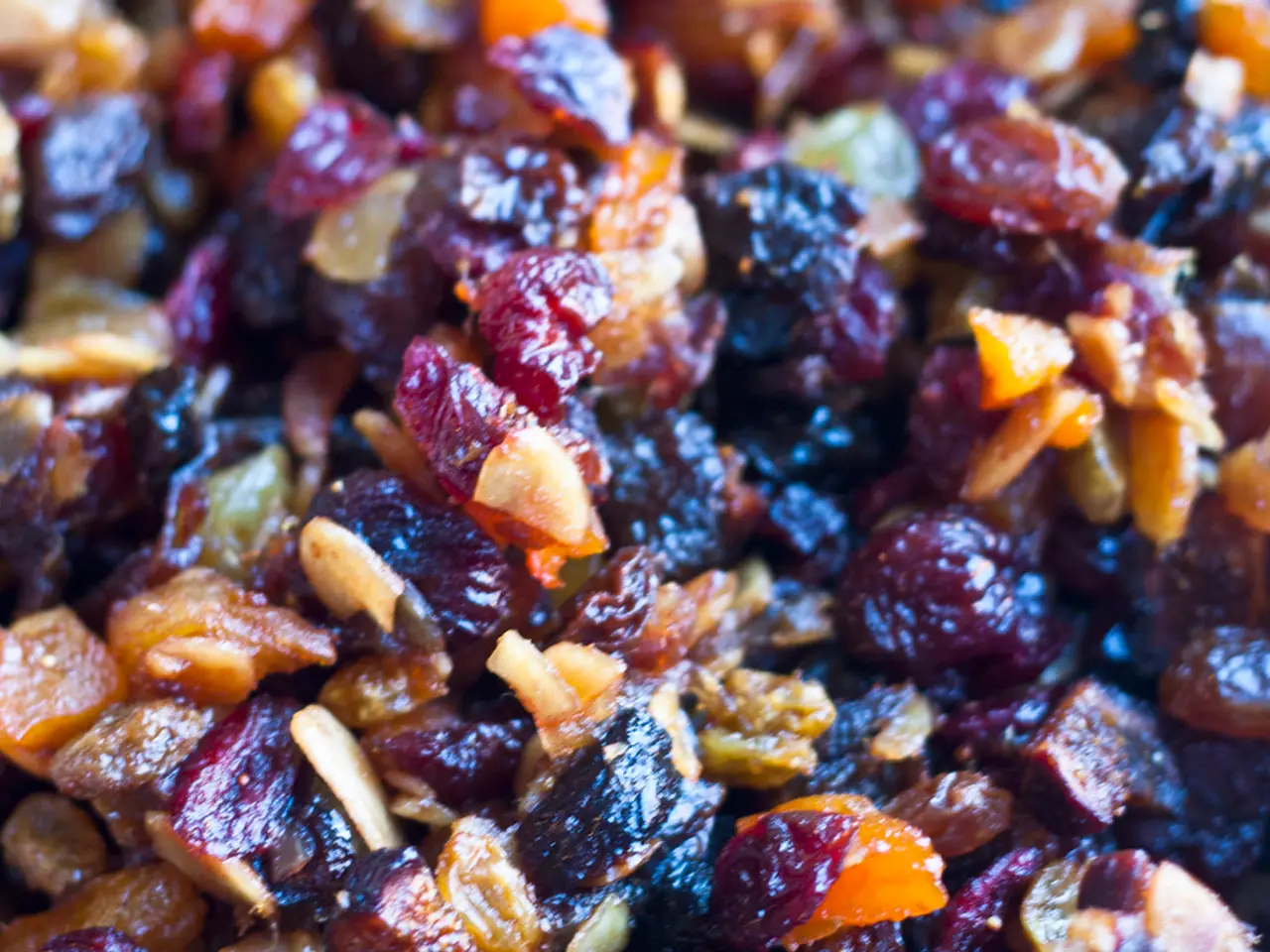Skin Care Guide for Adult Acne in Your Fifties
In the golden years of life, acne might not be the first thing that comes to mind. However, for some individuals in their 50s, breakouts can still be a persistent issue. This type of acne, often referred to as adult or mature skin acne, is primarily driven by hormonal fluctuations, stress, and changes in skin physiology that can cause pore clogging and inflammation.
Acne in older adults can alter the texture of the skin, making it rough or bumpy. The skin's inflammatory response tends to chill out as people age, which might explain why acne lesions hang around stubbornly in older age groups. Some common signs of acne in the 50s include red bumps, blackheads, or whiteheads, which can be scattered or concentrated in specific areas like the chin, jawline, or forehead.
Finding a supportive community can make the journey of dealing with acne in older age more manageable. It's important to remember that seeking professional help is not a sign of weakness, but a step towards effective treatment. A dermatologist can assess your situation and recommend tailored solutions to combat breakouts.
Effective treatment options for acne in mature skin include topical retinoids, chemical exfoliants, appropriate moisturizers, and possibly medical therapies under dermatologist care for the best results. Topical retinoids, such as vitamin A derivatives like tretinoin, help unclog pores and reduce inflammation by promoting faster skin cell turnover. Chemical exfoliants, like alpha hydroxy acids (AHAs) and beta hydroxy acids (BHAs), help keep pores clear by removing dead skin cells and excess oils.
Because mature skin can be more sensitive and prone to dryness, cleansing and treatment should be gentle but effective, balancing exfoliation and moisturizing to maintain skin health while managing acne. A good moisturizer helps maintain hydration in older skin, and opting for skincare and makeup labeled as non-comedogenic can help prevent breakouts.
Seniors facing acne often share similar experiences. Breakouts in older adults can cause itchiness or pain. To prevent oil and bacteria transfer, resist the urge to touch your face. Skincare products containing ingredients that clog pores or irritate the skin can also cause breakouts in older adults.
In some cases, hormonal fluctuations, particularly during menopause, can lead to acne. Researchers investigating acne in older adults rule out exposure to pimple-triggering substances or drugs, and check for hormonal mischief-makers like androgen-secreting tumors and steroids.
In summary, understanding the causes, identifying the signs, and implementing practical solutions can help manage breakouts in older age. With the right combination of treatments, older adults can effectively combat acne and maintain healthy, clear skin.
In the realm of health-and-wellness, addressing acne in mature skin during menopause becomes a significant concern, as hormonal fluctuations contribute to breakouts. Additionally, the journey to clear skin for older women might require a combination of skincare products designed for skin-care that include topical retinoids, chemical exfoliants, and gentle but effective moisturizers, with a special emphasis on non-comedogenic products.
